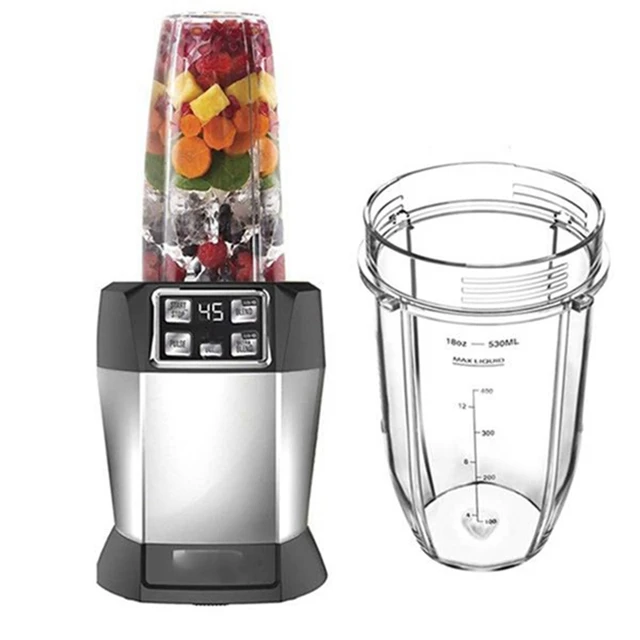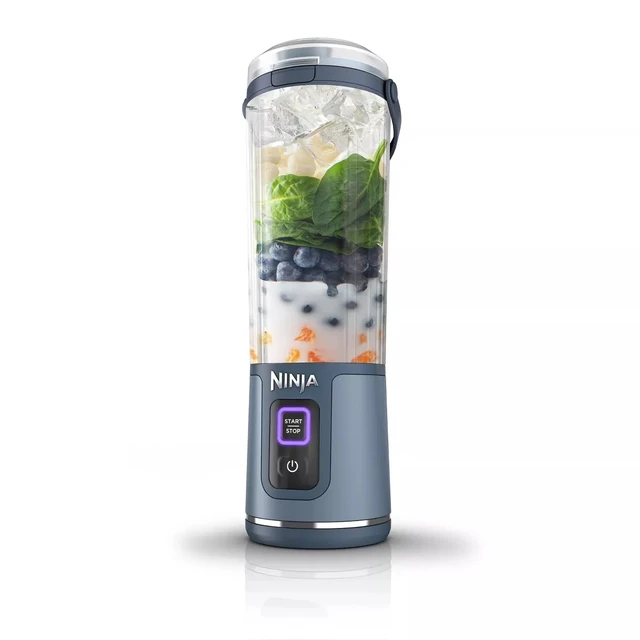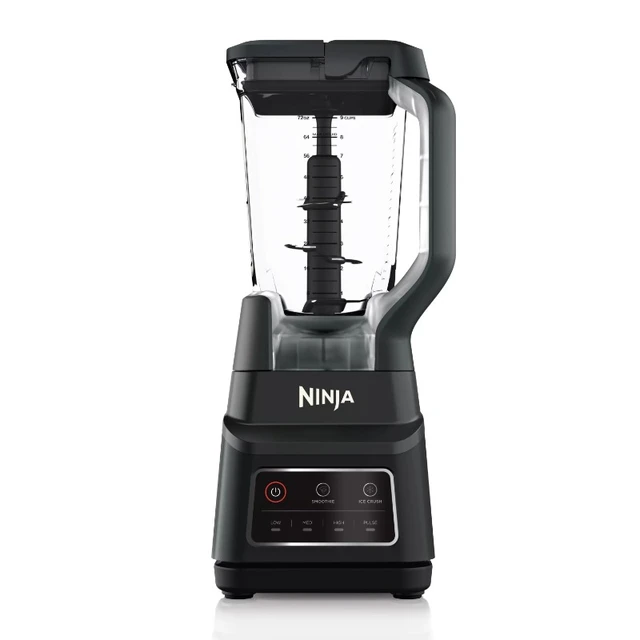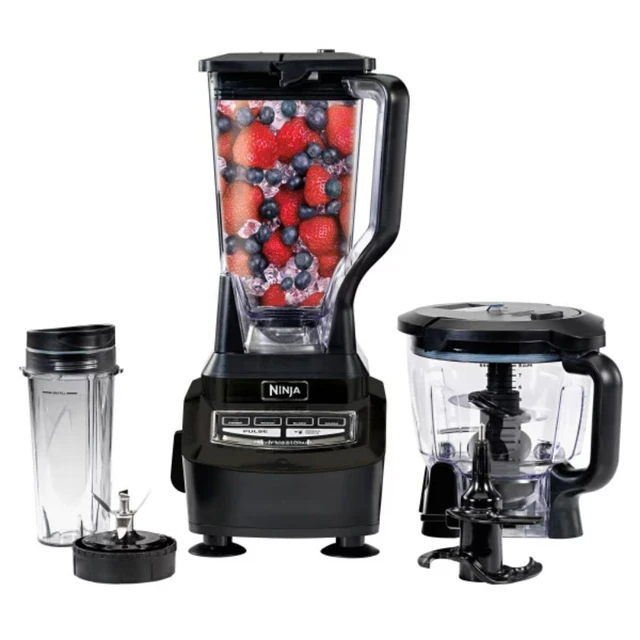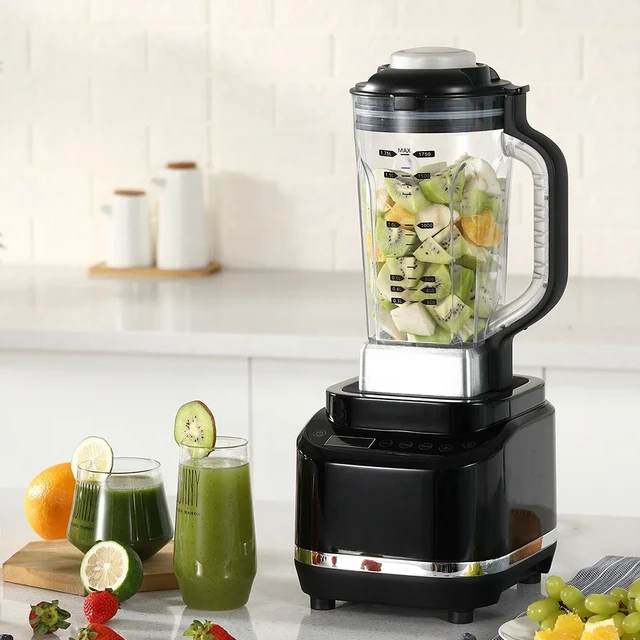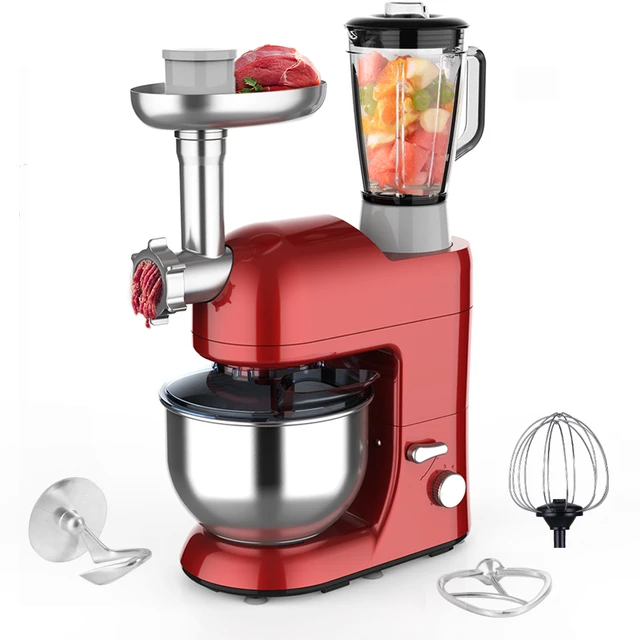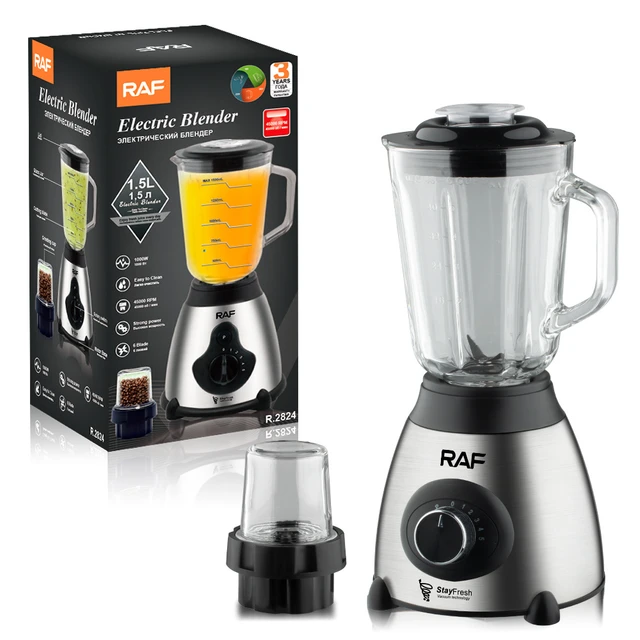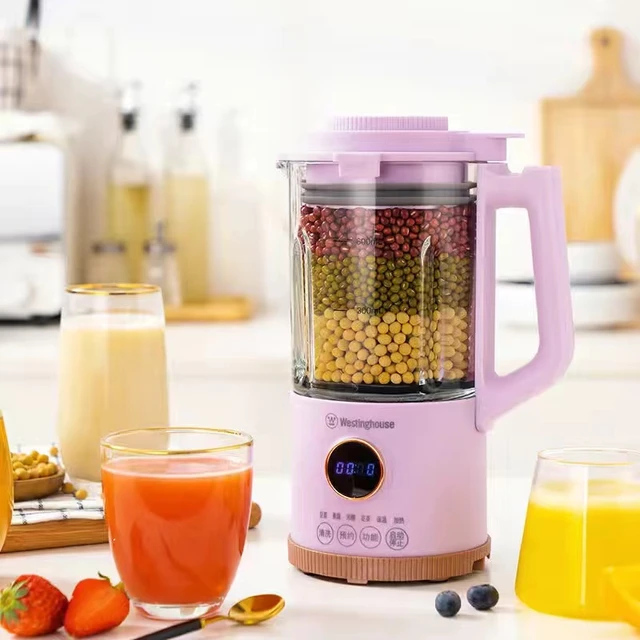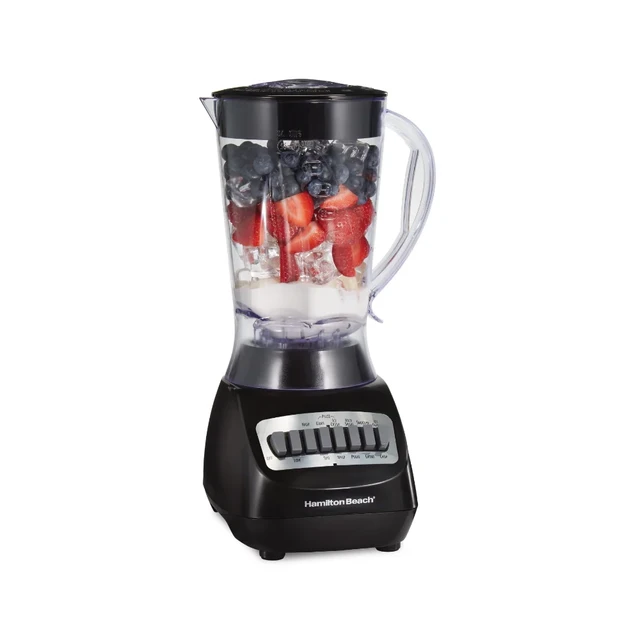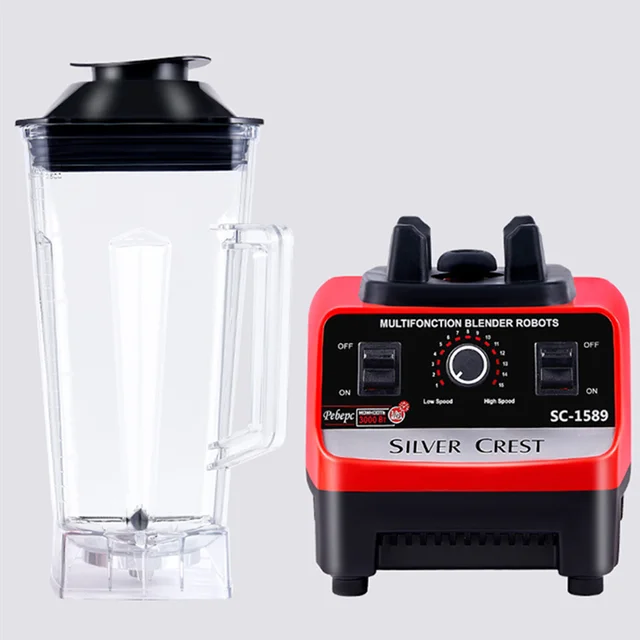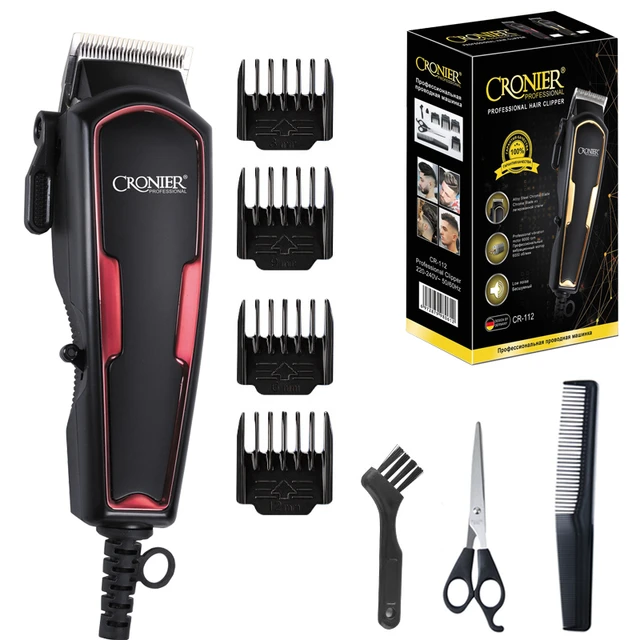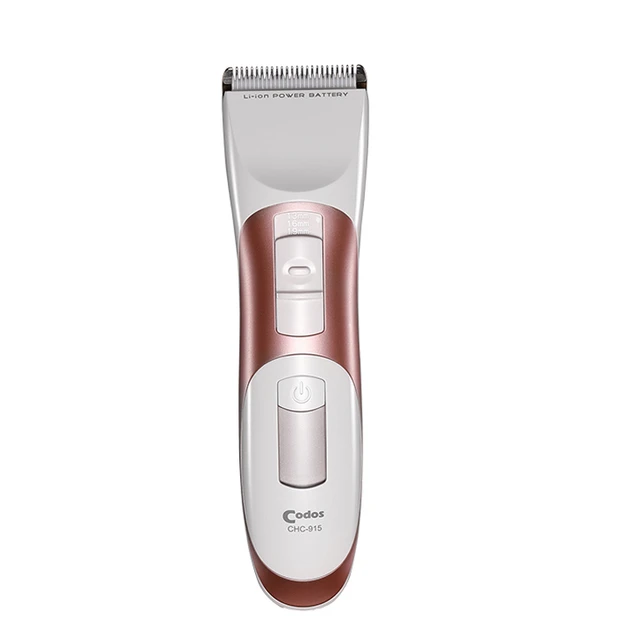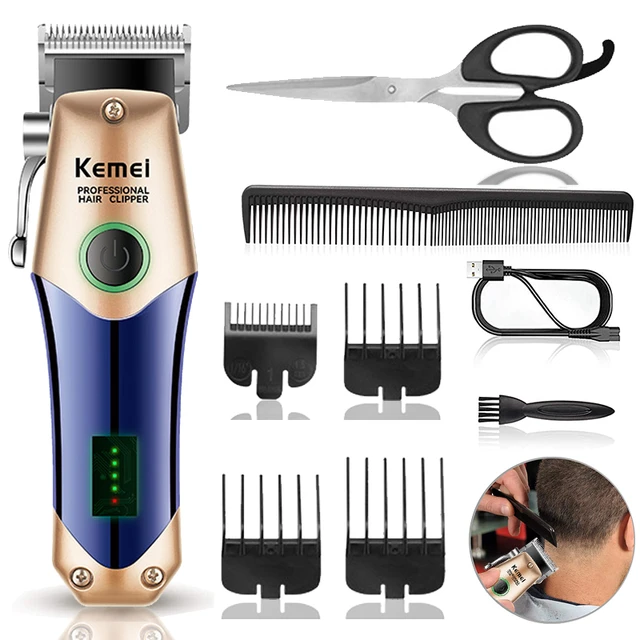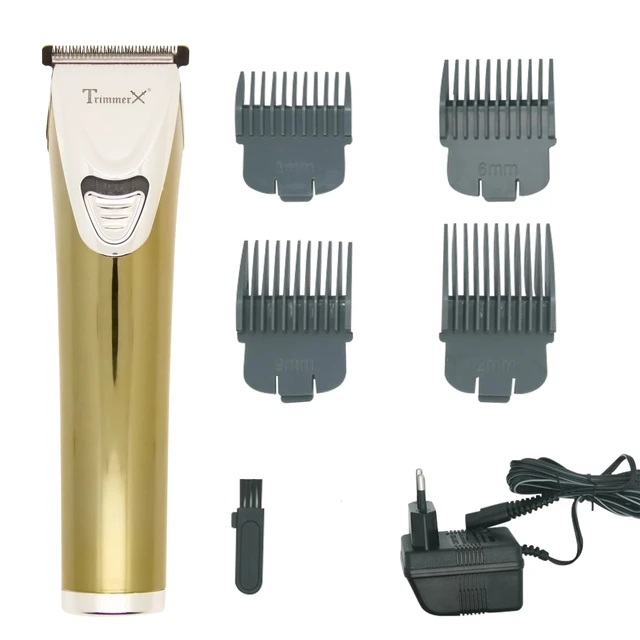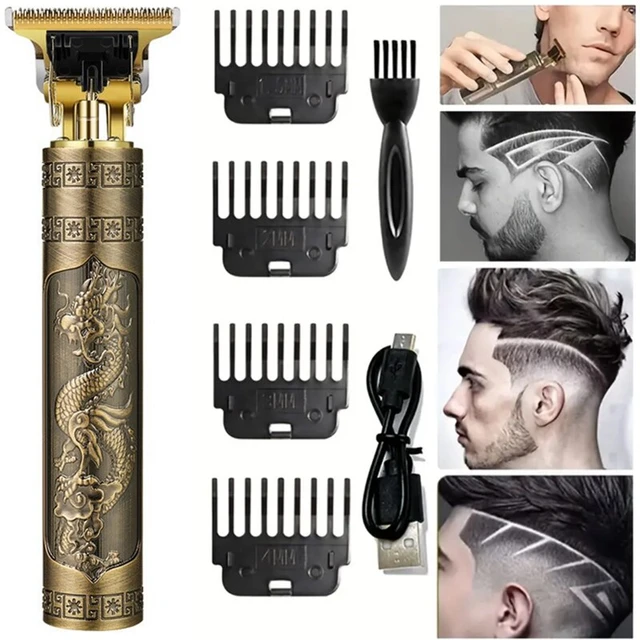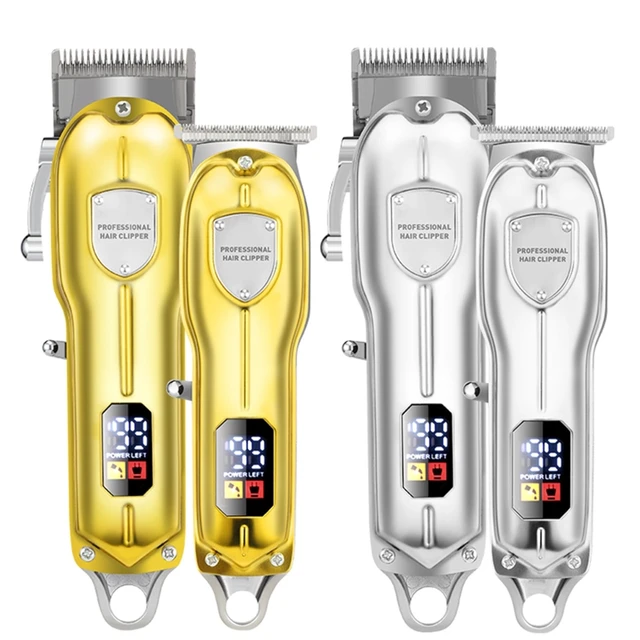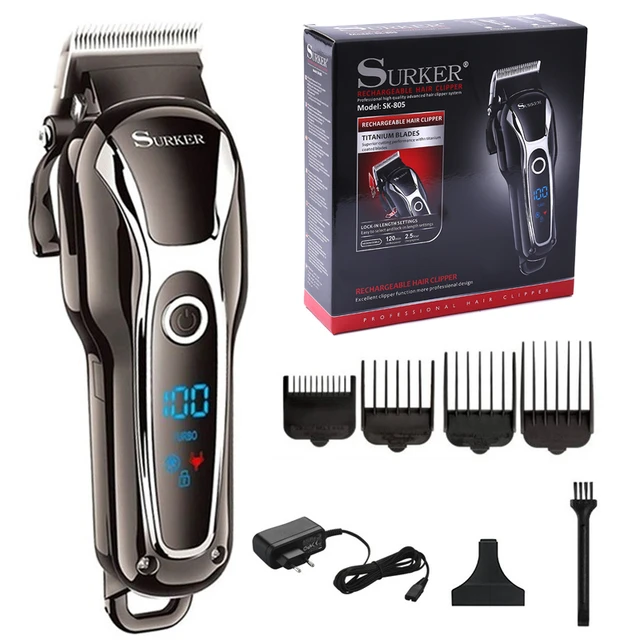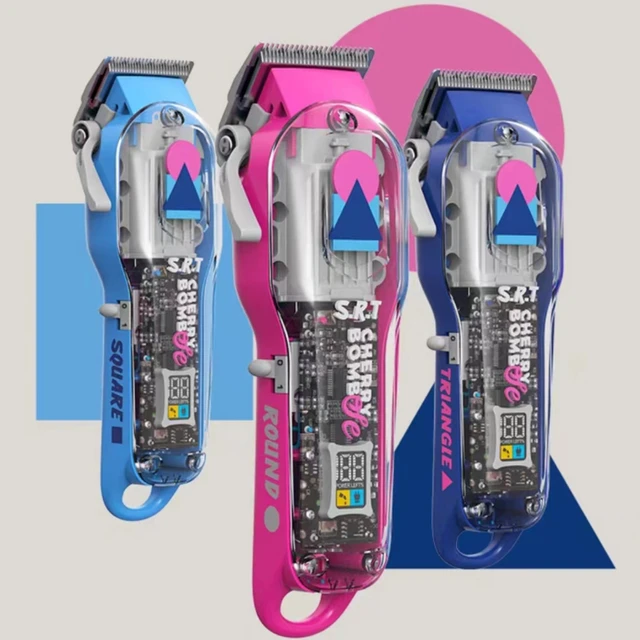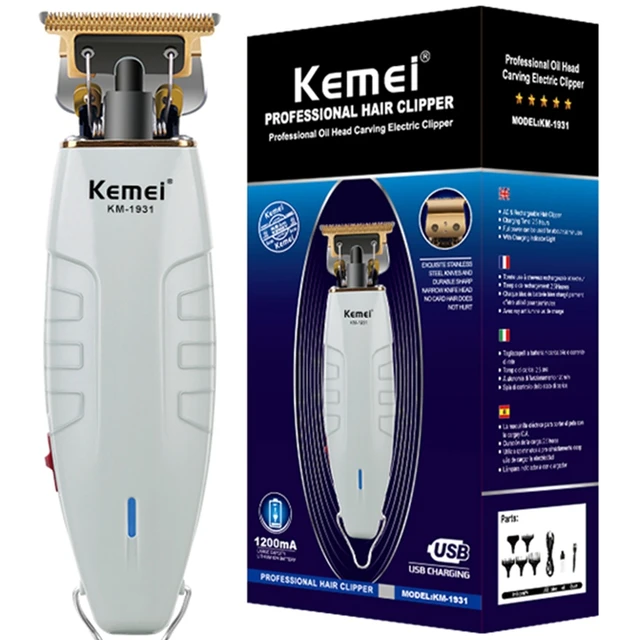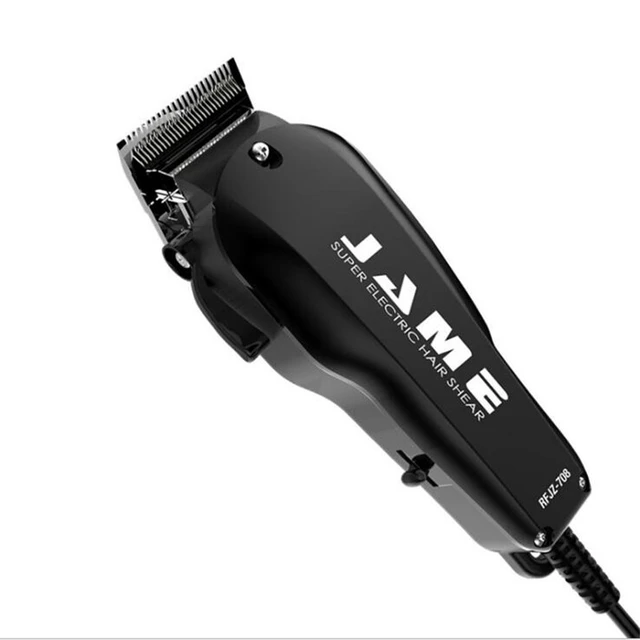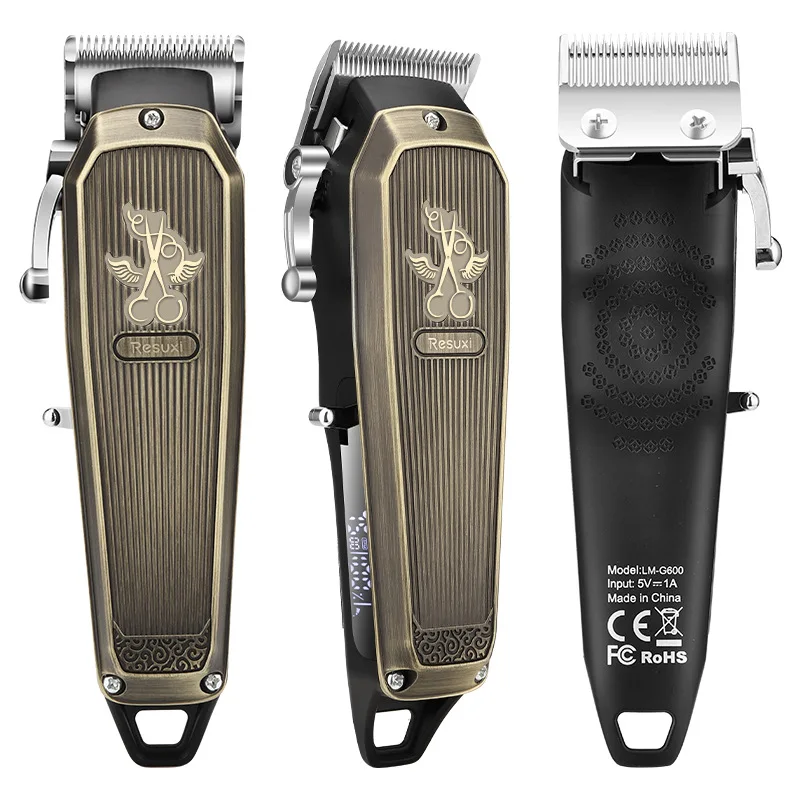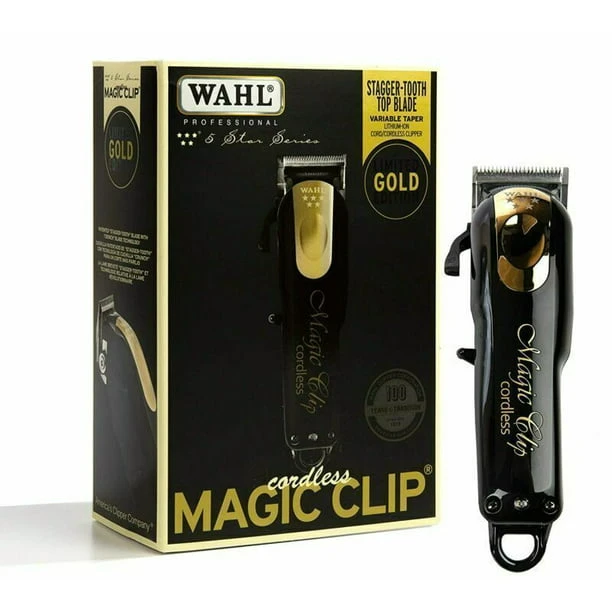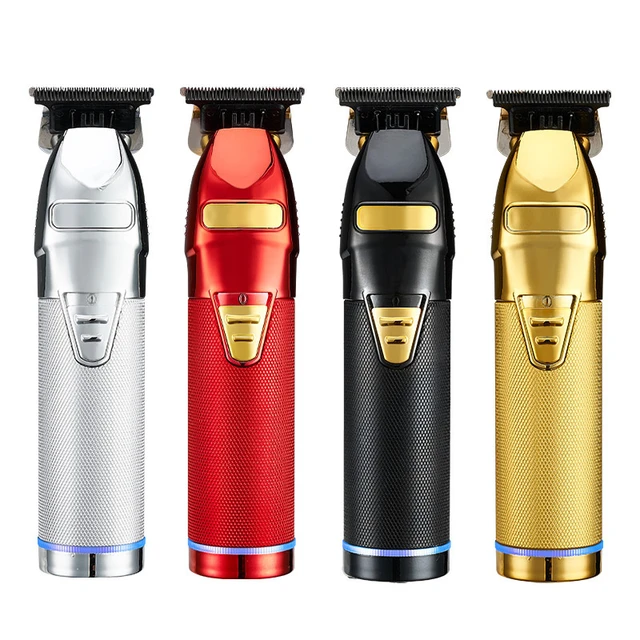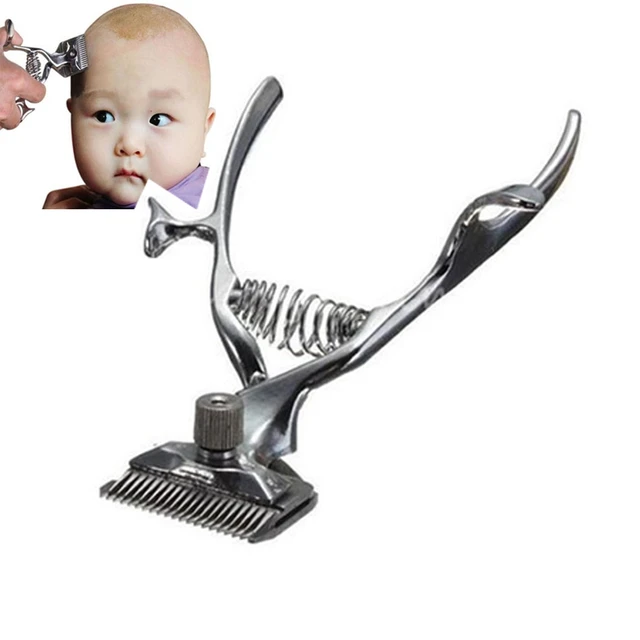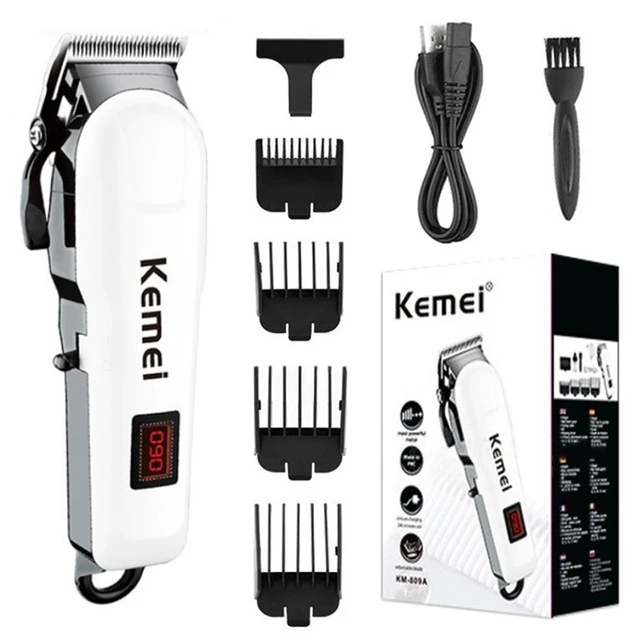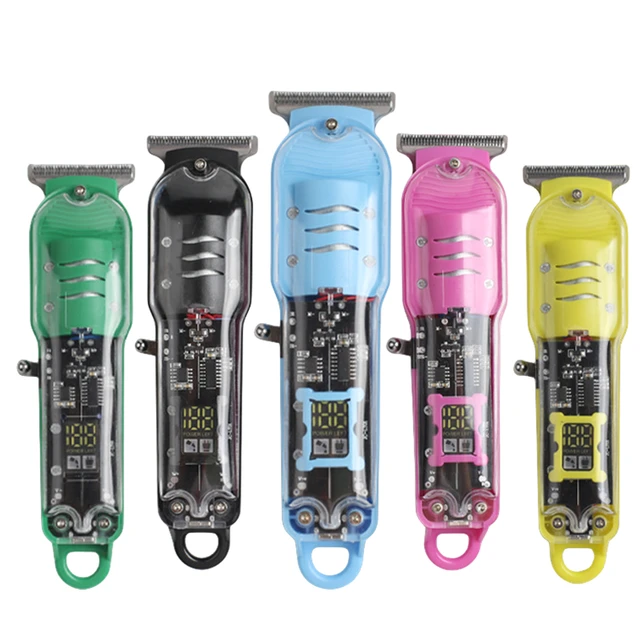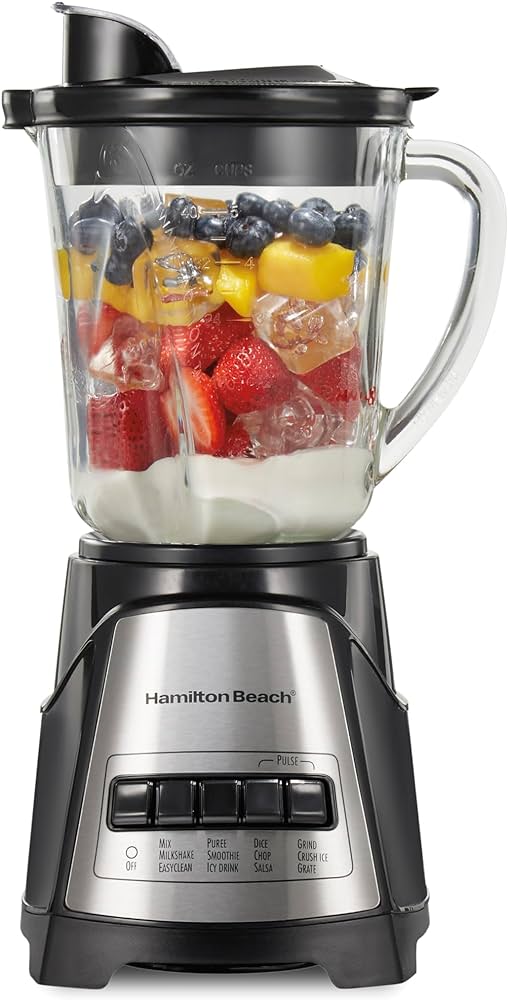
Introduction:
Frozen margaritas are a popular and refreshing cocktail, perfect for warm weather or celebratory gatherings. Making them in a blender ensures a smooth, frosty texture that is hard to resist. This comprehensive guide explores the steps, ingredients, variations, and tips for crafting the perfect frozen margarita. By understanding the correct methods and creative touches, you can elevate your cocktail game and enjoy a delightful frozen treat.
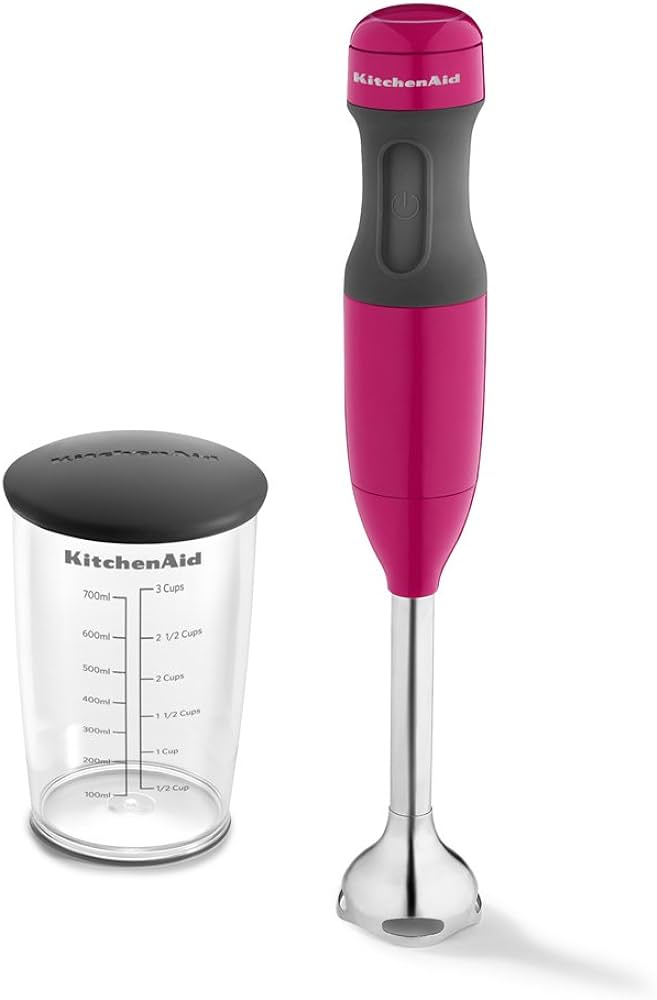
How to Make Frozen Margaritas in a Blender?
Choosing the Right Ingredients
The quality and selection of ingredients play a critical role in crafting an excellent frozen margarita. Here’s what you need to know about choosing the best components.
High-Quality Tequila: The tequila is the star of the margarita, so choose a good-quality blanco or silver tequila. These types of tequila are light, fresh, and ideal for blending. Avoid inexpensive or low-quality tequilas, as they can negatively impact the flavor.
Fresh Lime Juice: Freshly squeezed lime juice provides the best flavor and aroma. Avoid bottled lime juice, which often contains preservatives and lacks the vibrant taste of fresh limes. Use ripe, juicy limes for the best results.
Orange Liqueur: Orange liqueur, such as Triple Sec, Cointreau, or Grand Marnier, adds a subtle sweetness and depth to the margarita. Choose a liqueur that balances well with the tequila and lime juice.
Sweetener: A touch of sweetness balances the tartness of the lime juice. Options like simple syrup, agave nectar, or honey work well. Adjust the sweetness to suit your taste preferences.
Ice: Use plenty of ice to achieve the frosty, slushy consistency of a frozen margarita. Crushed ice blends more easily than whole ice cubes, but both can be used effectively.
Optional Flavor Enhancers: Consider additional ingredients like fresh fruit (strawberries, mangoes, peaches), herbs (mint, basil), or spices (chili powder, cayenne) to create unique variations of frozen margaritas.
Basic Blending Method for Frozen Margaritas
Following a step-by-step blending method ensures that your frozen margaritas are smooth, well-mixed, and perfectly chilled. Here’s how to make them.
Prepare the Rim: Begin by preparing the margarita glass. Rub the rim of the glass with a lime wedge to moisten it, then dip the rim in coarse salt or sugar to coat it. Set the glasses aside until ready to use.
Measure the Ingredients: In a high-speed blender, add the following:
- 2 cups of ice
- 2 ounces of tequila
- 1 ounce of orange liqueur
- 1 ounce of fresh lime juice
- 1/2 ounce of simple syrup or agave nectar
Adjust the quantities based on the number of servings or to suit your taste preferences.
Blending Process: Blend the mixture on high speed until it reaches a smooth, slushy consistency. This usually takes 30 to 60 seconds, depending on the power of your blender. Pause to scrape down the sides if necessary to ensure all ingredients are well-incorporated.
Consistency Check: Check the consistency of the margarita. It should be thick, frosty, and pourable. If it’s too thick, add a small amount of water or lime juice and blend again. If it’s too thin, add more ice and blend until desired thickness is achieved.
Serve Immediately: Pour the frozen margarita into the prepared glass, taking care not to disturb the salted or sugared rim. Garnish with a lime wheel or wedge if desired. Serve immediately to enjoy the perfect icy refreshment.
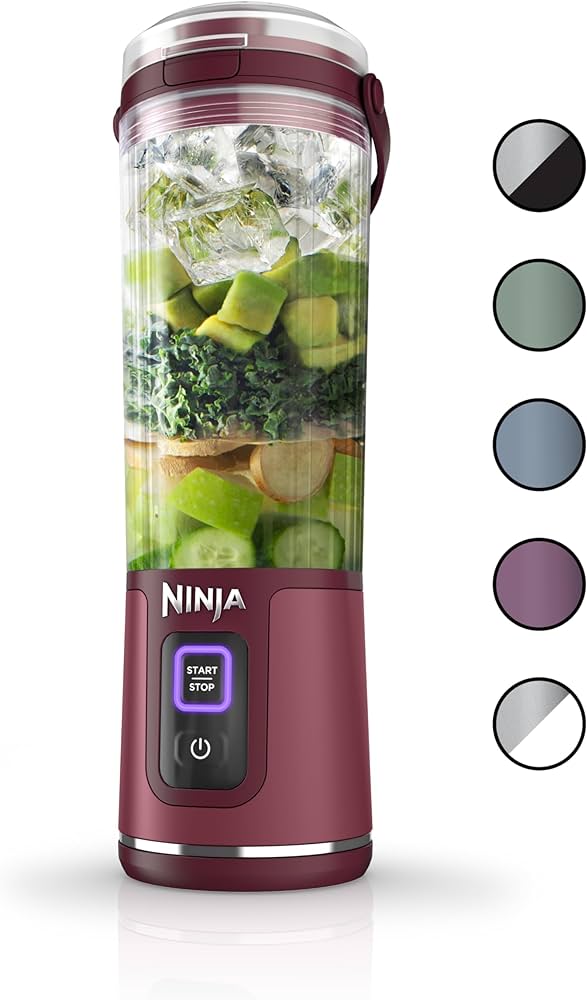
Creative Variations for Frozen Margaritas
Exploring creative variations allows you to customize frozen margaritas to suit different tastes and occasions. Here are some popular and inventive ideas.
Strawberry Frozen Margarita: Add 1 cup of fresh or frozen strawberries to the blender along with the basic ingredients. The strawberries add a fruity sweetness and vibrant color to the margarita. Adjust the sweetness if needed.
Mango Frozen Margarita: Blend in 1 cup of fresh or frozen mango chunks for a tropical twist. Mango pairs wonderfully with tequila and lime, creating a refreshing and exotic drink.
Peach Frozen Margarita: Incorporate 1 cup of fresh or frozen peach slices for a juicy and aromatic variation. Peaches add a natural sweetness that complements the citrus elements.
Spicy Frozen Margarita: For a kick of heat, add a slice or two of fresh jalapeño or a dash of chili powder to the blender. The spice enhances the margarita’s complexity, creating a perfectly balanced flavor.
Mint Citrus Margarita: Add a handful of fresh mint leaves to the basic recipe for a refreshing and herbaceous twist. The mint adds a cooling element that pairs beautifully with lime and tequila.
Coconut Frozen Margarita: Replace the orange liqueur with coconut cream or coconut milk for a creamy, tropical variation. Coconut adds richness and a hint of sweetness, transforming the classic margarita into a luxurious treat.
Safety Tips for Blending Frozen Margaritas
Blending frozen margaritas requires attention to safety and proper handling of equipment. Follow these safety tips to ensure a smooth and accident-free process.
Use a High-Speed Blender: A high-speed blender is ideal for crushing ice and blending frozen ingredients. Ensure your blender is designed to handle ice to prevent damage and achieve a smooth consistency.
Secure the Lid: Always make sure the blender lid is securely in place before blending. An improperly secured lid can cause the contents to spill during blending, making a mess and posing a risk.
Avoid Overfilling: Do not overfill the blender pitcher. Leave some space to allow for expansion and proper blending. Overfilling can strain the motor and reduce blending efficiency.
Handle with Care: The edges and blades of the blender are sharp. Assemble and disassemble the blender carefully, and always unplug it before cleaning or handling the blades.
Monitor Blending: Keep an eye on the blending process. If the blender struggles or makes unusual noises, stop and check for any issues. Continuous monitoring helps prevent motor burnout and ensures even blending.
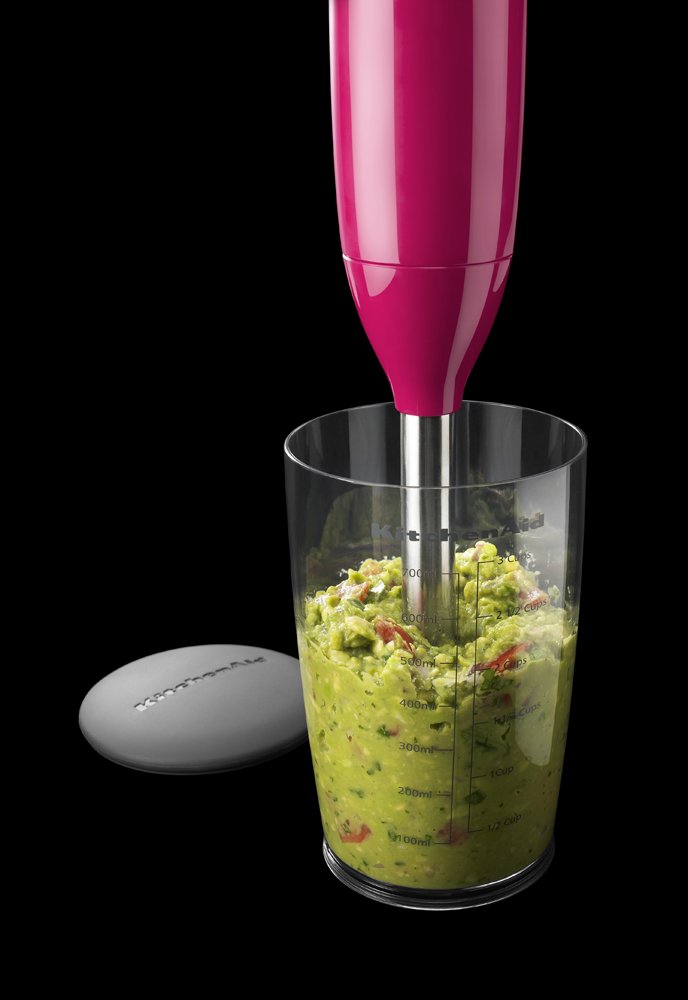
Serving and Garnishing Frozen Margaritas
Presentation and garnishing enhance the overall experience of enjoying a frozen margarita. Here’s how to serve and garnish them attractively.
Chilled Glasses: Chill the margarita glasses in the freezer for 15-20 minutes before serving. This helps maintain the icy consistency of the drink and adds a refreshing touch.
Lime Wedges or Wheels: Garnish each glass with a lime wedge or wheel. A simple twist on the glass rim or floating on the top adds visual appeal and a hint of extra lime.
Fresh Fruit: Add fresh fruit slices or berries to the glass for an appealing and flavorful garnish. Options like strawberries, mango slices, or peach slices complement the drink’s flavors.
Herb Sprigs: A sprig of fresh mint, basil, or rosemary adds an aromatic touch and enhances the presentation. Herbs also pair well with the citrus and tequila flavors.
Edible Flowers: Edible flowers like pansies, violets, or hibiscus flowers are a beautiful and elegant garnish. Ensure the flowers are safe for consumption and pesticide-free.
Making Frozen Margaritas for Different Diets
Adapting frozen margaritas for various dietary preferences ensures everyone can enjoy this delightful cocktail. Here are some ideas for modifications.
Sugar-Free Margaritas: Use a sugar-free sweetener like stevia or erythritol instead of simple syrup or agave nectar. This modification reduces the sugar content without compromising sweetness.
Vegan Margaritas: Ensure all ingredients, including any added flavor enhancers, are vegan-friendly. Most margarita ingredients are naturally vegan, but check labels to confirm.
Low-Calorie Margaritas: Reduce the calorie content by using fresh fruit juices instead of sweeteners and opting for lighter versions of liqueurs. Diluting with sparkling water also helps.
Gluten-Free Margaritas: Most traditional margarita ingredients are gluten-free. Ensure any additional flavorings or liqueurs are certified gluten-free to accommodate dietary restrictions.
Fruit-Only Sweetened Margaritas: Sweeten the margarita naturally with fresh or frozen fruits. Blended fruits add natural sugars and flavors, eliminating the need for added sweeteners.
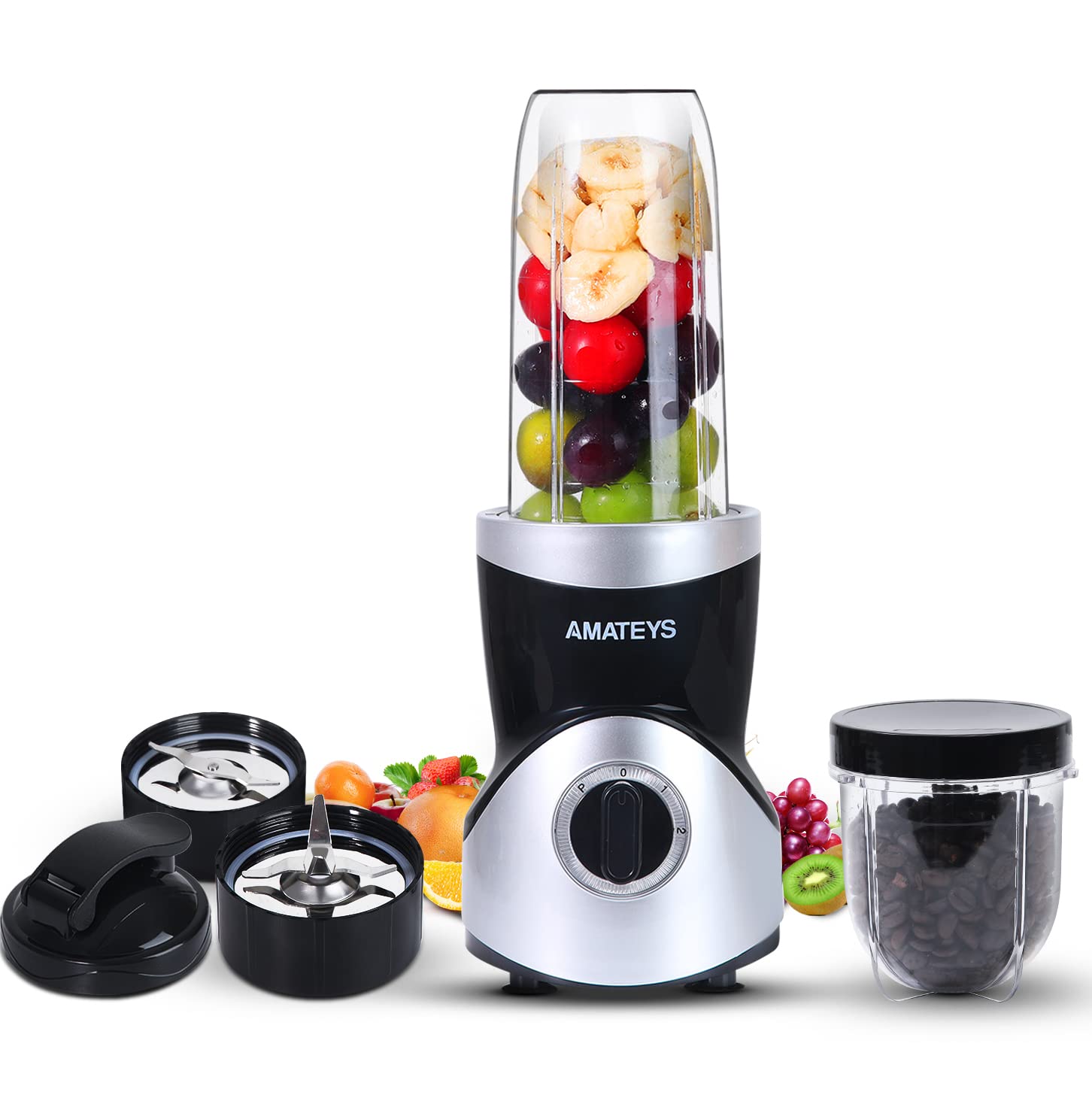
Batch-Making Frozen Margaritas
Making frozen margaritas in large batches is ideal for parties and gatherings. Here’s how to scale up the recipe and ensure consistent quality.
Multiply the Ingredients: Multiply the basic recipe ingredients by the number of servings you need. For example, for 4 servings, use 8 cups of ice, 8 ounces of tequila, 4 ounces of orange liqueur, etc.
Use a Large Blender: Ensure your blender can handle the increased quantity of ingredients. If it’s too large for one load, blend in multiple batches and mix them together in a pitcher.
Pre-Chill Ingredients: Keep the tequila, liqueur, and lime juice chilled before blending. Pre-chilled ingredients help maintain the icy consistency of the margaritas.
Stir Before Serving: If making in advance, keep the margaritas in the freezer and stir well before serving to redistribute the ingredients and maintain even consistency.
Provide Garnish Station: Set up a garnish station where guests can personalize their margaritas with lime wedges, fruit slices, herbs, and other enhancements.

Conclusion
Creating frozen margaritas in a blender is a fun and rewarding process that yields a refreshing and delightful cocktail. By choosing high-quality ingredients, following a precise blending method, and experimenting with creative variations, you can enjoy perfect frozen margaritas every time. Adhering to safety tips, considering dietary modifications, and preparing for larger gatherings ensures that everyone can savor this icy treat. With the comprehensive information provided in this guide, you can confidently make frozen margaritas that impress and satisfy, making any occasion special. Cheers to crafting the perfect frozen margarita!
